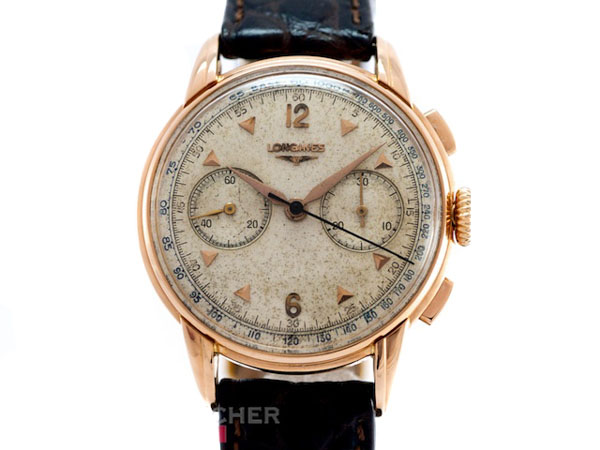Further Brands
Bulgari
Bulgari was founded in Rome in 1884 and only celebrated the 125th anniversary of an independent family business in 2009. In addition to Hublot and TAG Heuer, the Italian prestige brand Bulgari has been part of the French luxury goods group LVMH since 2011.
The Bvlgari Bvlgari collection represents the debut of the Italian company in the wristwatches segment. The legendary designer Gérald Genta set the manufacturer's brand name on the bezel of the watch, creating an unmistakable, emblematic trademark in the Greco-Roman style of classicism, which represents the legacy of Rome as the origin of Bulgari.




















